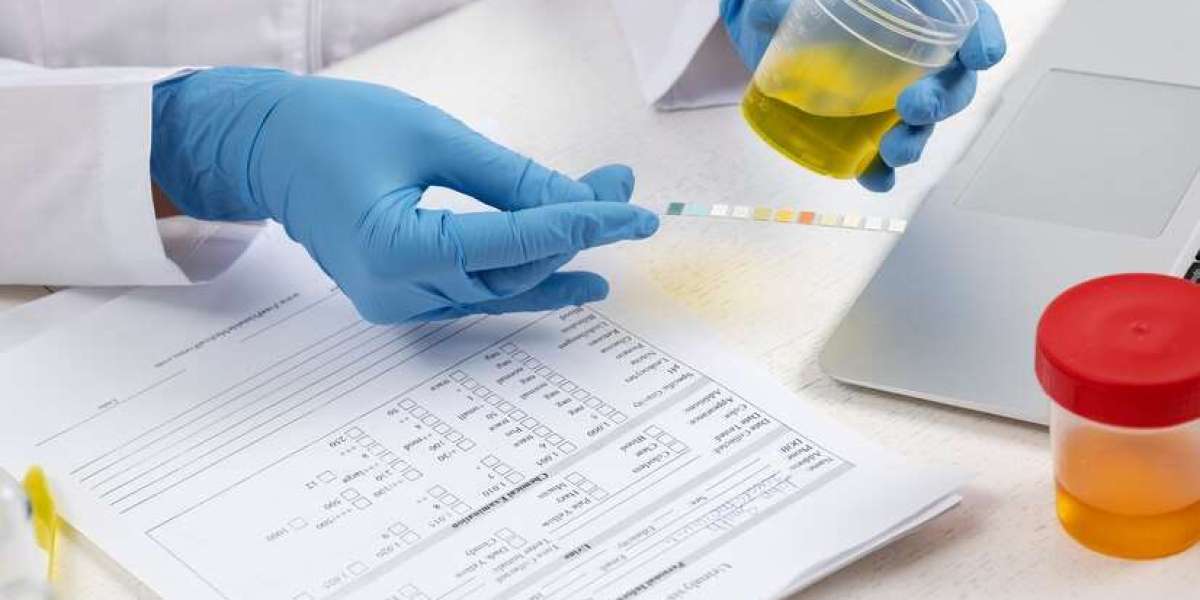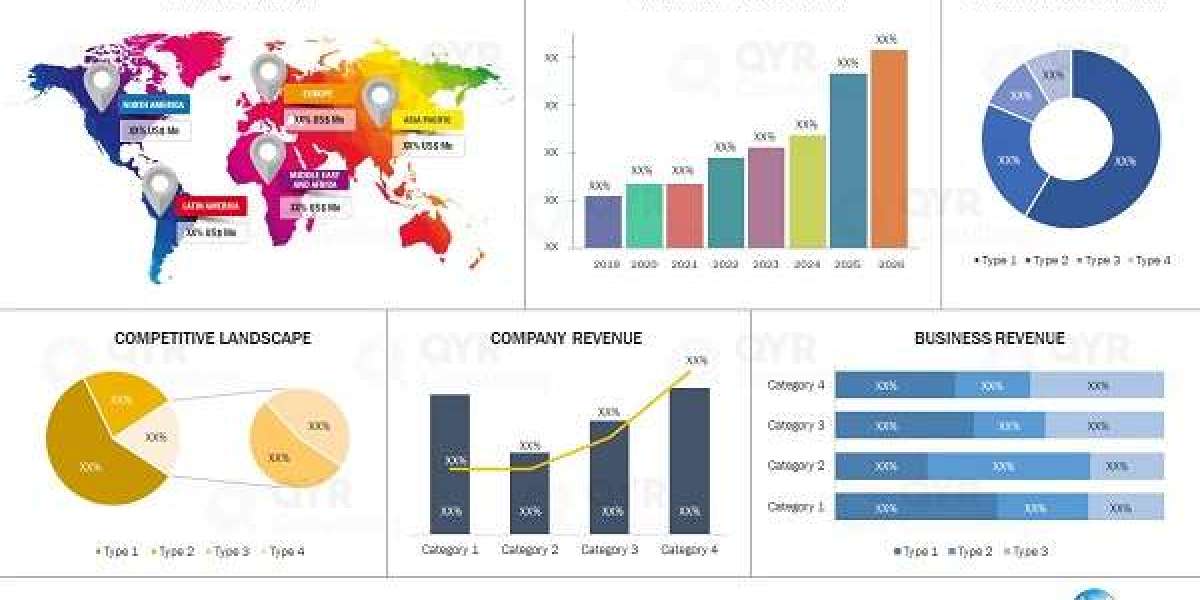Maintaining an HVAC system is about more than just changing filters or checking refrigerant levels. One of the most critical yet often overlooked components is the cooling tower. A well-maintained cooling tower ensures that your HVAC system runs efficiently, reduces energy costs, and prevents health risks associated with bacterial growth. This is where professional cooling tower cleaning becomes indispensable.
Why Cooling Towers Are Critical to HVAC Systems
Cooling towers play a central role in dissipating heat from HVAC systems, especially in commercial and industrial buildings. They remove excess heat from water-cooled systems and transfer it to the atmosphere. If the cooling tower is dirty or neglected, it can lead to:
- Reduced heat transfer efficiency
- Increased energy consumption
- Corrosion and scaling of system components
- Bacterial growth, including harmful Legionella
Regular professional cleaning ensures that the cooling tower functions optimally and reduces the risk of costly repairs.
Key Benefits of Professional Cooling Tower Cleaning
1. Enhanced HVAC Efficiency
A dirty cooling tower restricts airflow and clogs the system, forcing your HVAC system to work harder. Professional cleaning removes debris, scale, and biofilm buildup, allowing heat to dissipate more effectively. This improves system efficiency and can significantly reduce energy costs.
2. Prolonged Equipment Lifespan
Scaling, corrosion, and microbial growth can damage cooling tower components over time. Professional cleaning and maintenance prevent these issues, extending the lifespan of your HVAC equipment and reducing the need for early replacements.
3. Improved Indoor Air Quality and Health Safety
Cooling towers can become breeding grounds for bacteria, including Legionella, which causes Legionnaires’ disease. Professional cleaning eliminates microbial growth and ensures water treatment is properly maintained, safeguarding the health of building occupants.
4. Compliance with Industry Standards
Many local regulations and industry guidelines require regular cooling tower maintenance. Hiring professionals ensures compliance with ASHRAE standards, OSHA requirements, and local health codes.
5. Cost Savings Over Time
While professional cleaning has an upfront cost, the long-term savings are substantial. Reduced energy consumption, fewer repairs, and prevention of system downtime make regular cleaning a smart investment.
Signs Your Cooling Tower Needs Professional Cleaning
Even with routine inspections, it can be challenging to identify underlying issues. Some warning signs include:
- Decreased cooling efficiency or uneven cooling
- Unpleasant odors or visible algae/mold growth
- Corrosion, rust, or scale buildup on tower components
- Increased energy bills without a change in usage
- Frequent HVAC system malfunctions or alarms
If any of these signs appear, it’s time to schedule a professional cleaning.
Best Practices for Cooling Tower Maintenance
- Schedule Regular Cleaning: Most professionals recommend at least twice a year for commercial systems.
- Water Treatment: Proper chemical treatment prevents scale, corrosion, and bacterial growth.
- Inspections: Routine inspections of fans, pumps, nozzles, and fill media help identify problems early.
- Record Keeping: Maintaining detailed maintenance logs ensures compliance and helps plan future interventions.
Why Hire a Professional vs. DIY Cleaning
While DIY cleaning may seem cost-effective, it carries significant risks:
- Exposure to harmful bacteria like Legionella
- Improper cleaning can damage components or reduce efficiency
- Failure to meet regulatory standards
- Missed early signs of corrosion or mechanical failure
Professional technicians have the training, equipment, and chemicals necessary to perform thorough, safe, and compliant cleaning.
FAQs About Cooling Tower Cleaning
- How often should a cooling tower be professionally cleaned?
Most experts recommend twice a year, though frequency may increase in high-use or industrial settings. - Is professional cleaning expensive?
The cost depends on the tower size and condition, but the long-term savings from energy efficiency and equipment longevity usually outweigh the expense. - Can cleaning prevent Legionella outbreaks?
Yes. Regular cleaning and proper water treatment significantly reduce bacterial growth, protecting building occupants. - What does professional cleaning involve?
It typically includes draining the tower, removing debris, scaling, and biofilm, inspecting components, and applying water treatment chemicals. - Can cleaning improve HVAC performance immediately?
Yes. A clean tower restores optimal heat exchange, reduces system strain, and often leads to noticeable energy savings immediately.
Conclusion: Prioritize Cooling Tower Maintenance
Neglecting your cooling tower is not just a maintenance oversight—it can lead to reduced efficiency, higher costs, and health risks. Professional cleaning is a crucial step in optimizing HVAC performance, ensuring regulatory compliance, and extending equipment lifespan.
Investing in regular, expert maintenance is a small price to pay for long-term reliability, safety, and cost savings.



